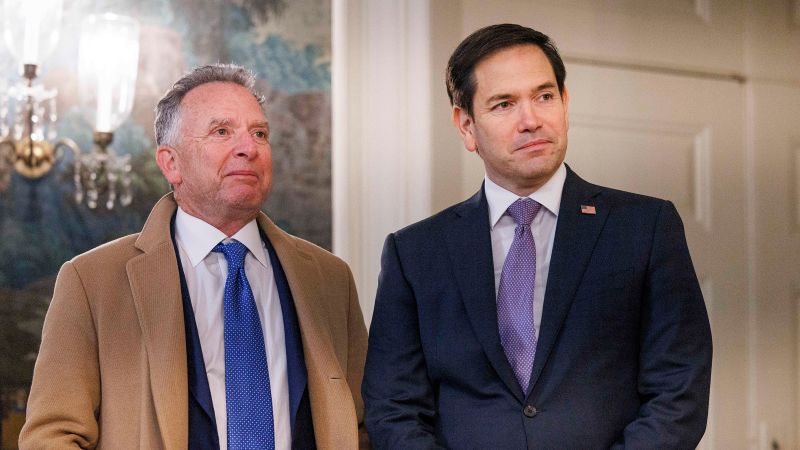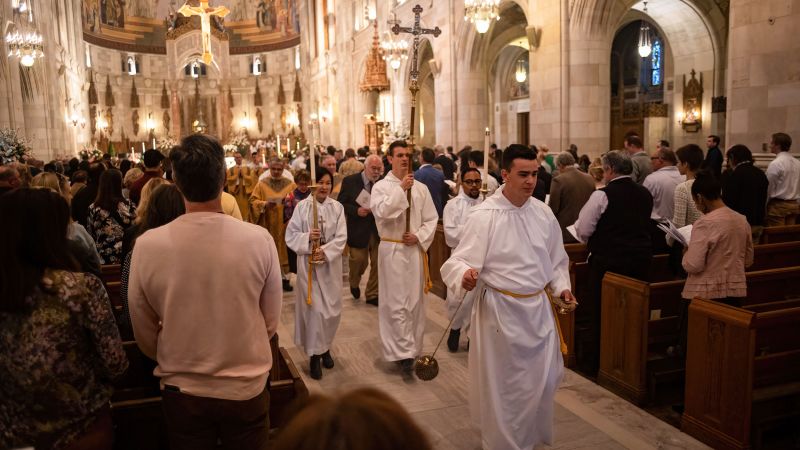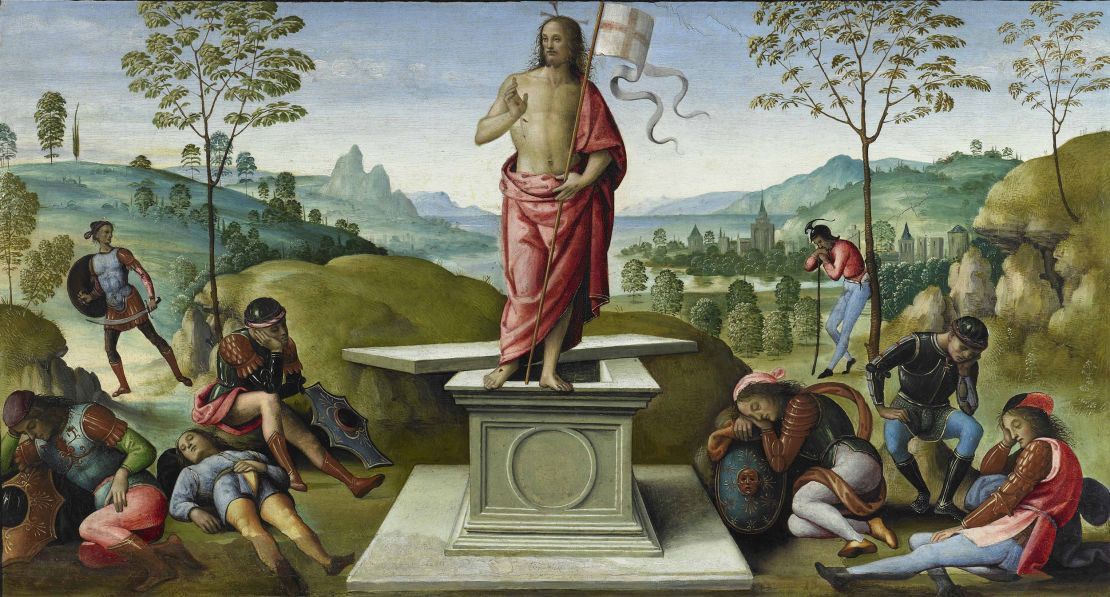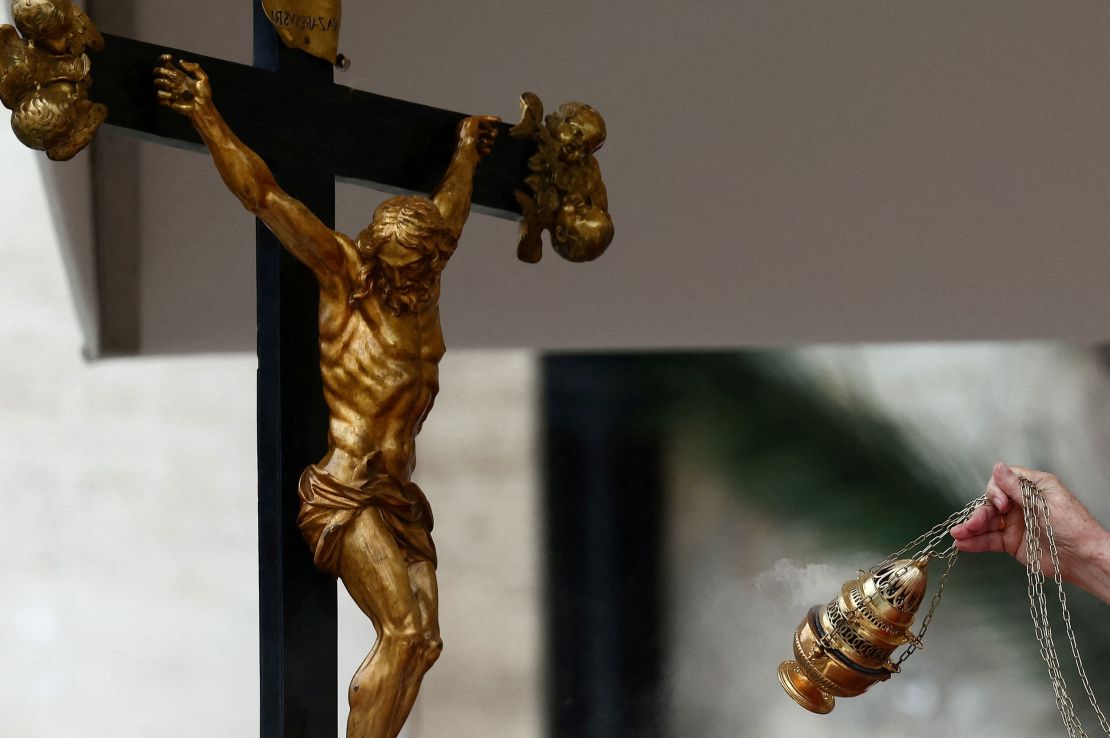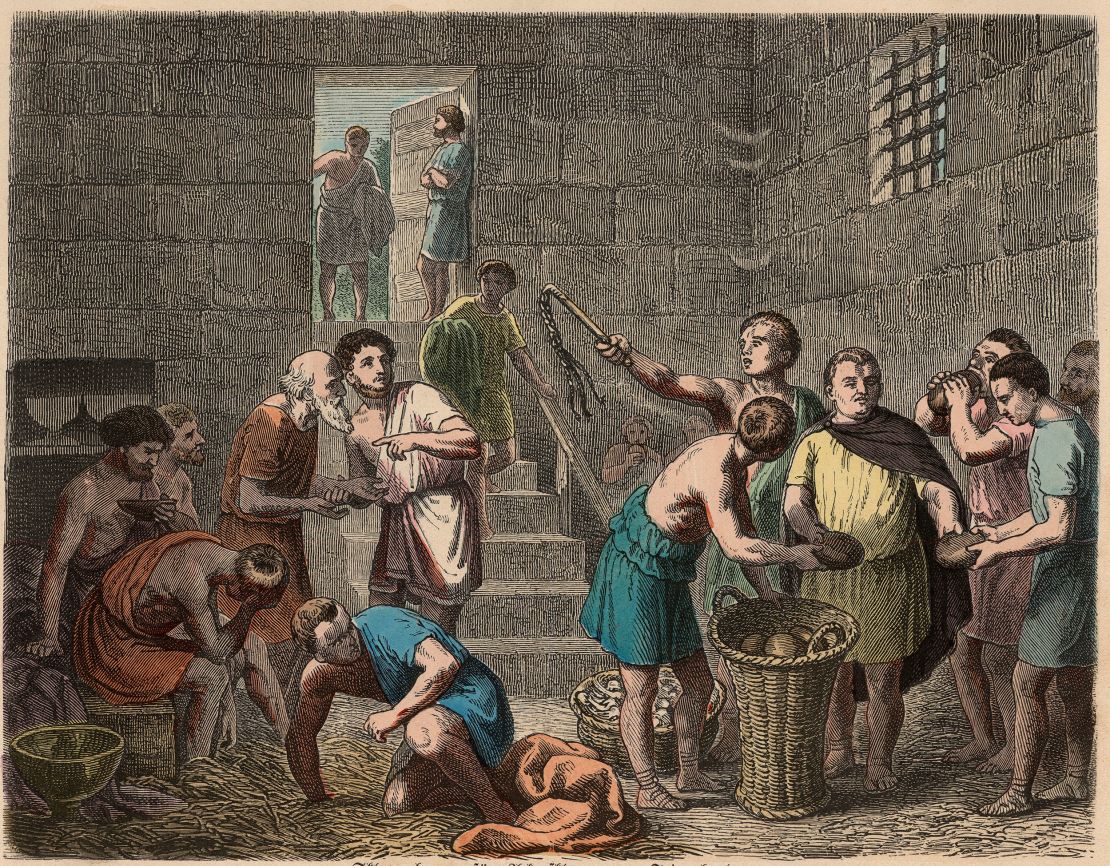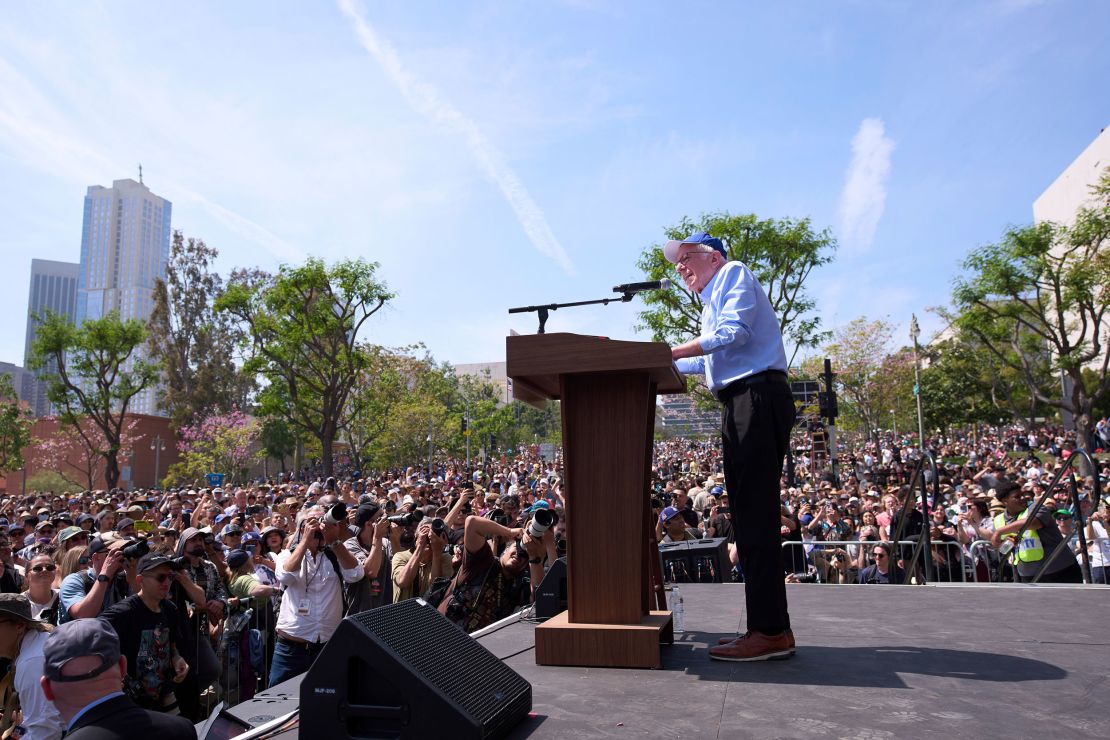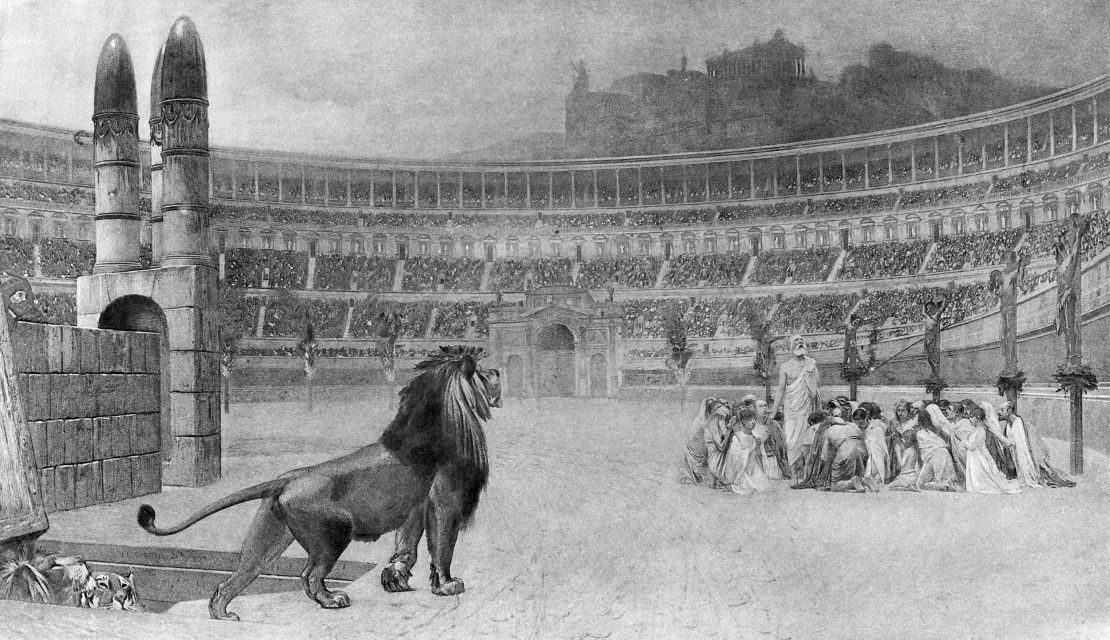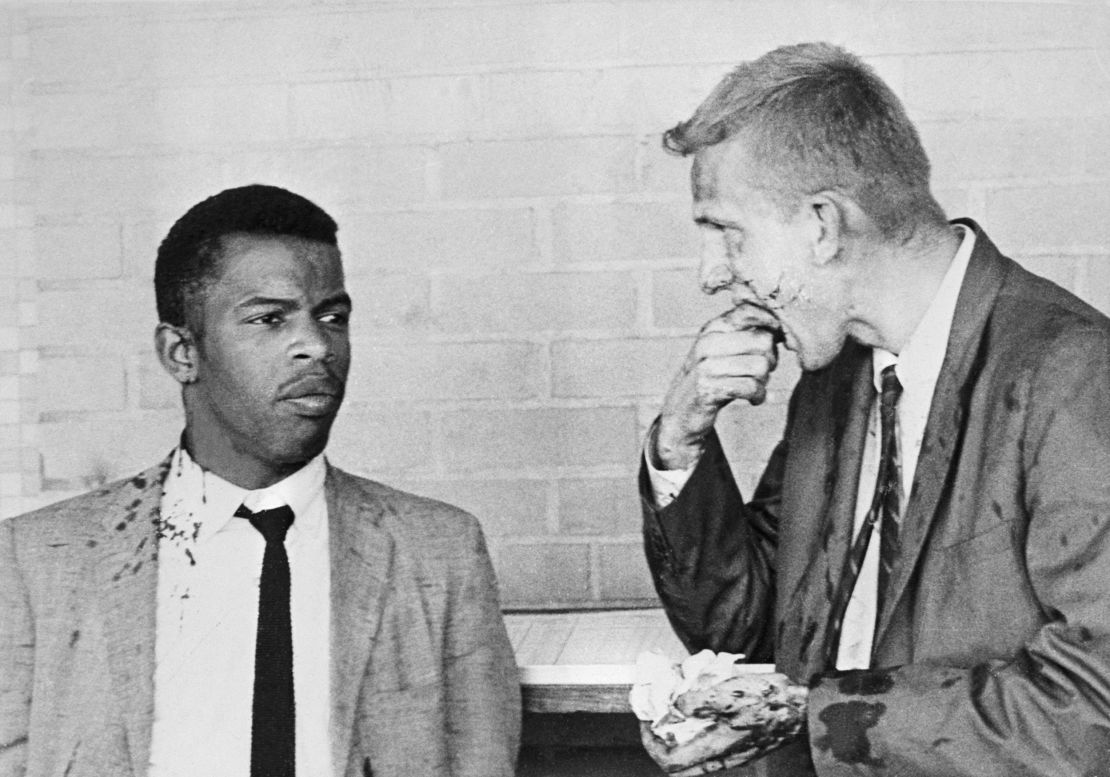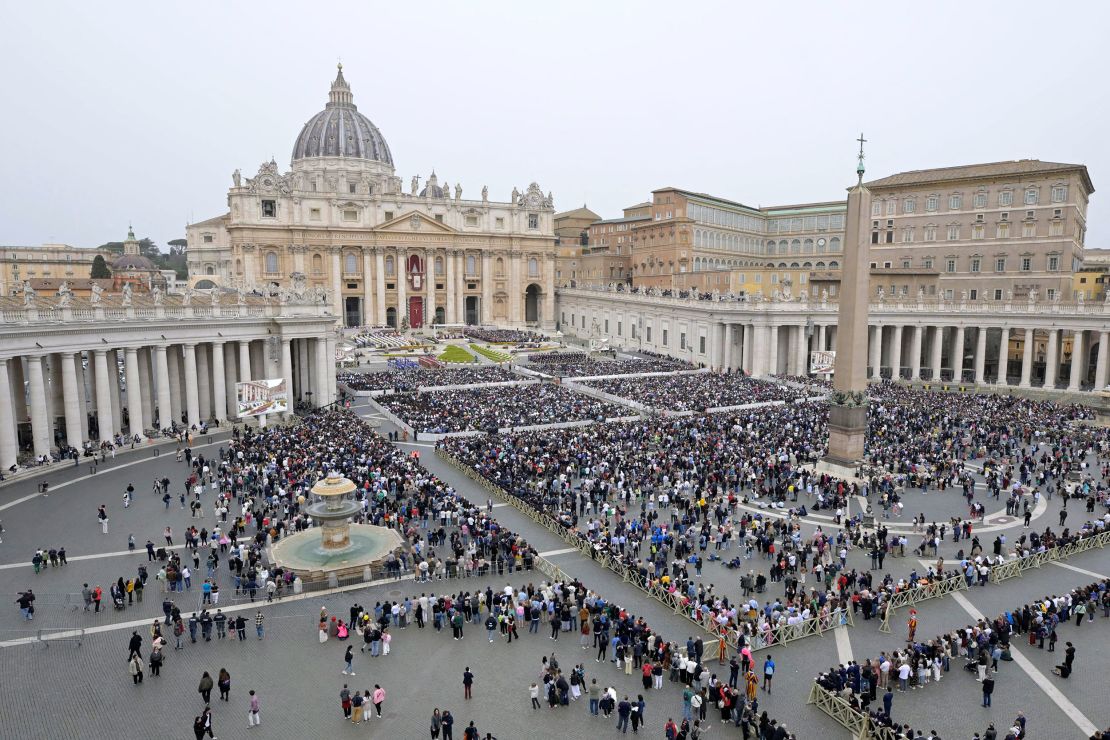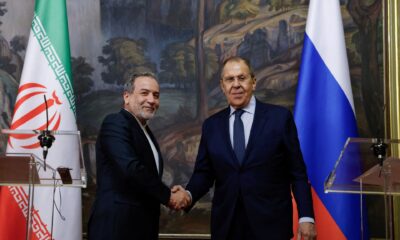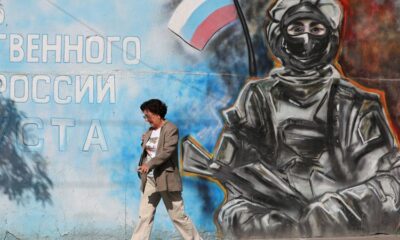CNN
—
When Marco Rubio signed on as Donald Trump’s Secretary of State, he went into the job “with eyes wide open,” according to a person familiar with his thinking. He knew it wouldn’t be easy working for Trump. He knew that Trump had a track record of firing top officials by tweet. He also knew what it was like to be called, “Little Marco.”
Rubio still lobbied for the prestigious job of being America’s top diplomat after he lost out on being Trump’s vice president to JD Vance.
What Rubio didn’t count on was that he might run the risk of being overshadowed as secretary of state by one of Trump’s closest friends, real estate developer and billionaire Steve Witkoff.
Over the first two months of the second Trump administration, Rubio has in some ways taken a back seat on the world stage to Witkoff, whose portfolio has expanded beyond his official title of special envoy to the Middle East.
Witkoff has been a leading player in some of Trump’s highest profile foreign policy wins — the release of hostages in Israel, a since-broken ceasefire in Gaza, and the return of American Marc Fogel from Russia after Witkoff traveled to Moscow to finalize negotiations for his release.
He’s jetted around the Middle East and become a key mediator in talks to end the war in Ukraine. Witkoff went back to Moscow for a face-to-face with Russian president Vladimir Putin last week to try to advance the administration’s ceasefire proposal.
Witkoff is “flying all over the world playing secretary of state,” said a person familiar with the dynamic. “He has one thing that no one else has — he has Trump’s 100% confidence.”
Rubio, meanwhile, has dived into his role with trips to Central America to discuss immigration, to the Middle East, Europe and Canada for discussions on the wars in Gaza and Ukraine, and to meet with G7 partners.
At times, he has appeared uncomfortable with some of the administration’s moves: he reportedly feuded with Elon Musk in a Trump Cabinet meeting earlier this month, and was notably photographed in what one Rubio ally called a “couch slouch” in the Oval Office as Trump and Vance berated Ukrainian President Volodymyr Zelensky.
The optics have raised questions about Rubio’s influence with Trump, according to people familiar with the State Department. Though Rubio was the first cabinet member confirmed— unanimously at that — his role has lacked some of the profile and portfolio traditionally enjoyed by previous secretaries of state. And there’s a contingent of MAGA faithful still skeptical of his hawkish foreign policy views.
“I think he is frustrated,” a senator still in touch with Rubio told CNN.
While foreign diplomats have praised Rubio for his engagement, multiple sources familiar with Rubio and the job say he appears ill at ease by how the White House has minimized his role.
“It’s not what he expected,” said one person. “Witkoff came out of the blue,” they added. “Trump loves him.”
Nevertheless, only Rubio carries the full trappings of the secretary’s office. While Witkoff often flies on his own Gulfstream private jet, Rubio is welcomed with pomp upon arrival in foreign countries, traveling with a large security detail and on the government’s C-32 jumbo jet emblazoned with “United States of America.”
After the story published on Friday, Rubio posted on X attacking CNN and saying Witkoff is “one of the people I work with the CLOSEST on our team.”
In a statement to CNN, Witkoff said he had a “wonderful working relationship” with Rubio.
“He is already a great Secretary of State and in my view will go down as one of the greatest,” Witkoff said. “Where the media gets these nonsense stories I will never know so I have now learned to dismiss them. Every single issue I am working on comes with the collaboration of Marco Rubio.”
Rubio’s allies in the administration argue he and Witkoff are complementing each other rather than dueling, and both the State Department and the White House pushed back on the notion that he is in any way being overshadowed by Witkoff.
“Nothing could be further from the truth,” National Security Council spokesman Brian Hughes said in a statement to CNN. “Secretary Rubio is a pivotal leader on President Trump’s national security team having spearheaded a number of foreign policy initiatives, especially as it relates to negotiating a peaceful resolution to the war in Ukraine and driving policy in the Western Hemisphere. President Trump has amassed a talented team who are working around the clock to deliver results for Americans.”
State Department spokesperson Tammy Bruce said in a statement, “Your premise is false. Secretary Rubio and Special Envoy Witkoff have a fantastic relationship, and are working together to advance President Trump’s agenda.”
On Friday morning, the president praised Rubio’s work ethic, telling reporters unprompted in the Oval Office, “He’s worked so hard. He’s gone to so many different countries already.”
“He’s a fantastic person – a great man,” Trump said. “I think he has a chance to be our best secretary of state.”
Trump’s public reliance on Witkoff has already led to speculation in Washington about how long Rubio will want to stay in the job.
One longtime friend of Rubio’s said he approached the job mindful of the revolving door of the first Trump administration, notably Secretary of State Rex Tillerson, who lasted 13 months. Another person familiar with Rubio’s thinking said he took the job to “burnish his credentials” and still has presidential ambitions that were not reached after his 2016 bid fell short to Trump.
He will view his role as a success if he serves for 18 months to two years, the friend added, which would allow him time to plan for a potential presidential run in 2028, should that opportunity present itself.
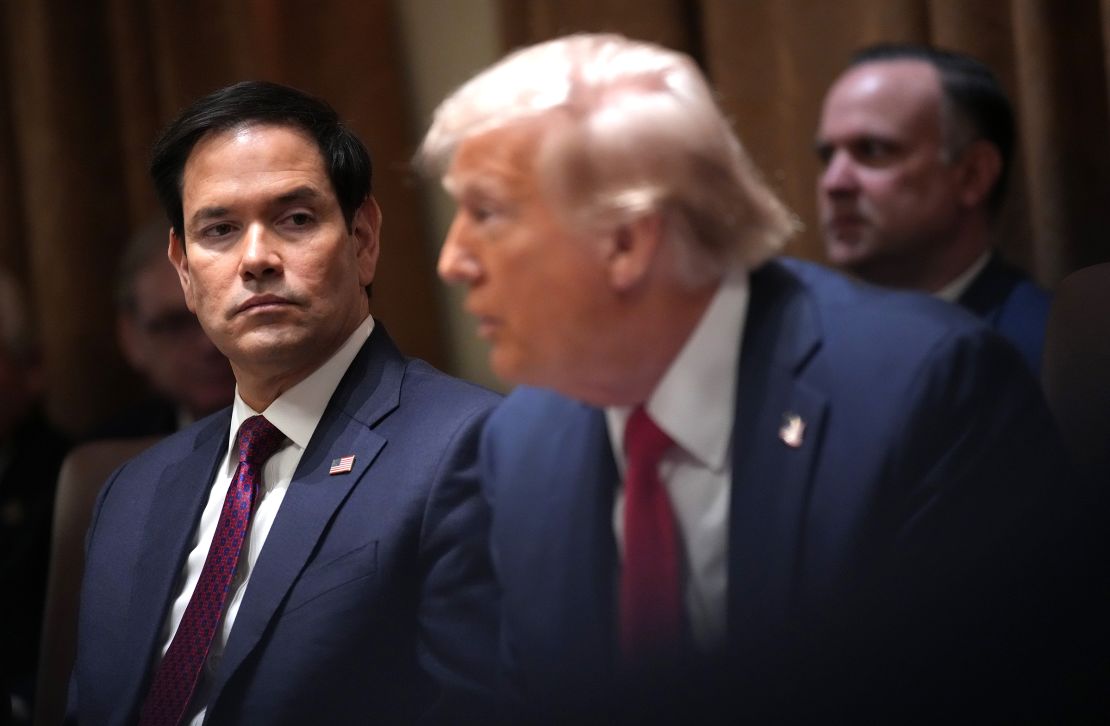
Sources familiar with Rubio also point out there is a potential upside for him keeping some of the biggest foreign policy crises at arms’ length, with major questions still looming about how Trump will navigate an end to Russia’s war in Ukraine and the broken ceasefire in Gaza.
“I think Marco will find his groove and his niche,” said a former Republican senator who worked with Rubio. “It probably won’t be with the hot-button areas of the world — and he’d probably be wise to leave that with the White House to deal with.”
Rubio built a lengthy foreign policy resume in the Senate, serving as the top Republican on the Senate Intelligence Committee and a long-term member on the Senate Foreign Relations Committee. That experience helped him land on Trump’s VP shortlist, even though he was ultimately passed over for Vance.
Rubio has already played a key role in several diplomatic efforts. He led a US delegation to Saudi Arabia earlier this month, where Ukraine accepted a 30-day ceasefire proposal, easing tensions with Kyiv after the Zelensky Oval Office blowup.
For some veteran diplomats back in Washington, it’s been tough watching Rubio’s first two months on the job — fighting cuts from Musk’s DOGE and ceding some of the traditional diplomatic role of the secretary of state to one of Trump’s New York real estate friends.
While Rubio was tasked with soothing and reassuring America’s closest allies during last week’s formal G7 meeting in Quebec, Canada, Witkoff was headed to Moscow, for a one-on-one meeting with Putin.
“Marco Rubio is a real foreign policy guy,” said one former senior State Department official familiar with both Rubio and Witkoff. “The idea that Steve Witkoff is going to sit around with Putin in the Kremlin, I mean really. Come on, Witkoff is a golf buddy… it’s ridiculous.”
The G7 meeting last week in Canada was the first real chance for Rubio to explain directly to counterparts the vision of the Trump agenda, a senior US official close to Rubio told CNN, emphasizing that it “isn’t a passing fad” but something that will “require everybody to adjust.”
Trump didn’t make it easy for him.
Just as Rubio was sitting down for a long day of meetings with frustrated allies, Trump sent out a caps-filled social media post announcing a new 200% tariff on European alcohol, targeting some of the countries whose ministers were with Rubio at the G7 meeting.
As the assembled diplomats shared Trump’s message with each other, they recognized the difficult position Rubio was in.
Hours later, Trump struck again, declaring from the Oval Office, “Canada only works as a state.”
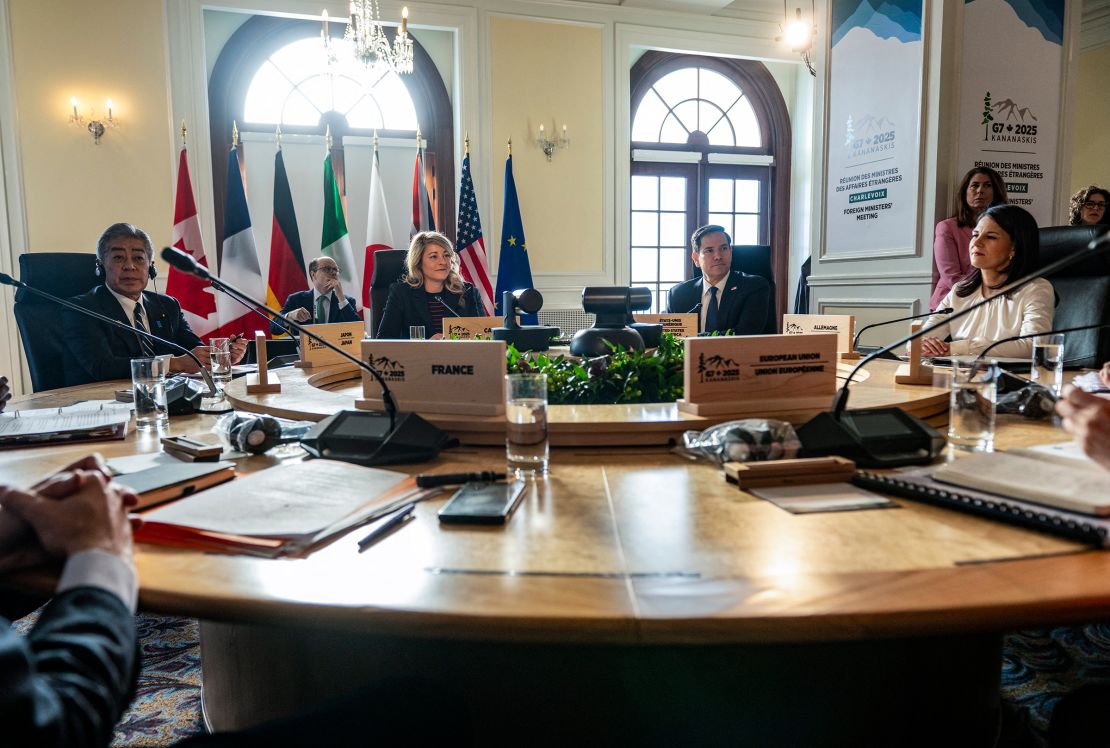
The 51st state question dogged Rubio throughout his trip to Canada. He answered like a diplomat: “There’s a disagreement between the president’s position and the position of the Canadian government,” Rubio told reporters. “I don’t think that’s a mystery coming in and it wasn’t a topic of conversation, because that’s not what the summit was about.”
Both in public and private, Rubio and other G7 officials emphasized a need to ignore the Trump-fueled chaos and focus on what they could try to move forward, like a ceasefire in Ukraine, according to sources who requested anonymity.
To some foreign diplomats at the G7, the ease of working with Rubio behind closed doors contrasted with the difficulties of dealing with the temperamental Trump White House.
He’s “a very valuable interlocutor,” one senior European official told CNN. “I don’t feel this hostility” that Trump expresses, the official added.
In the resort hotel that hosted the three-day G7 event, foreign officials privately expressed surprise and anger over Trump’s actions, though they roundly praised Rubio for his professional diplomacy.
“He’s a pure politician with a very good pedigree,” said another senior European official who attended several of the G7 meetings with Rubio. “Rough times are for politicians.”
International officials said that behind closed doors, Rubio did not stray from his public praise of Trump and desire to enact Trump’s agenda, however controversial.
“He is a truly experienced diplomatic hand,” said a third foreign official.
Several officials did however raise the question of how much influence Rubio has on Trump.
Following the G7, British Foreign Secretary David Lammy flew to Washington where he met with Vance on Sunday, despite having just seen Rubio, his counterpart, in Canada.
Inside the State Department, Rubio is getting mixed reviews.
There have been scores of retirements of diplomats, sources told CNN, far more than in previous years. And because of the government-wide hiring freeze, the Department has stopped offering the foreign service exam and rescinded offers for an April entry-level class of foreign service officers.

At the same time, it seems that Rubio has been able to push back against some of DOGE’s biggest cuts, two foreign service officers said, noting that there has not yet been a widespread firing of State Department personnel.
Although they do expect potentially “massive” reductions, “the effort to protect us from the most immediate and most sort of extreme cuts were good,” one of the foreign service officers said.
Still, this person said they were disappointed Rubio hadn’t been more of a moderating influence.
“The earliest signals were that there was going to be kind of a fight between the Rubio people and the Trump people. Rubio does not seem like he is interested or capable in fighting back on policy issues,” the officer said, pointing to “the utter abandonment of Ukraine.”
“It’s unconscionable what he has done to Ukraine,” the person added.
Another challenge Rubio has faced is Trump’s sweeping suspension of foreign aid. He is now in charge of a dismantled USAID, whose mission he long supported as a senator.
Rubio has spent long hours trying to work through lists of waiver requests for critical programs, according to the senator who’s stayed in touch with Rubio.
“I talked to him a couple weeks in, when all the first USAID things were happening, and he said he’d been up until 3 am trying to go through waivers,” the senator said.
“He expressed concern about waivers for programs that are important for humanitarian reasons in terms of our national security, but that has not translated into having those programs turned back on by a large degree,” the senator added.
In the end, however, it was Rubio himself who sent the memo putting in place the foreign aid freeze with waivers only for life-saving programs.
This story has been updated with additional reporting.

